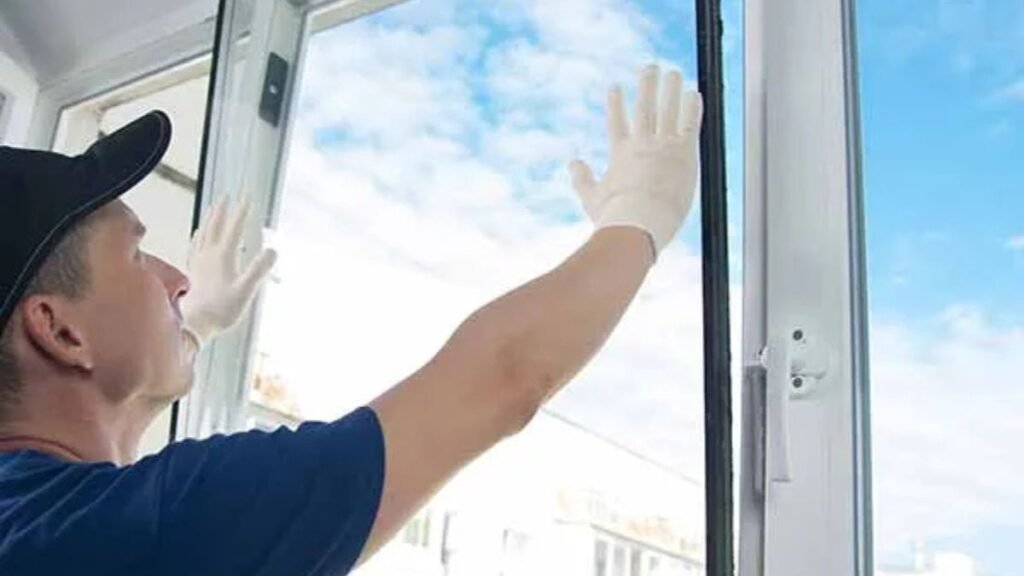Selecting the appropriate windows is essential for improving comfort and controlling energy use in your house. Energy-efficient windows optimize thermal performance by reducing heat exchange between indoor and outdoor environments, lowering energy bills. Additionally, they lessen the demand for artificial cooling and heating. Understanding the options available can lead to informed choices and making informed decisions about window selections for long-term energy savings and comfort. Whether upgrading an existing property or planning a new build, choosing the right windows is essential.
Key Takeaways
- Learn how energy-efficient windows can improve home comfort and reduce utility bills.
- Discover the types of windows and materials best suited for energy efficiency.
- Understand installation tips and maintenance practices to maximize window performance.
Understanding Energy Efficiency in Windows
Energy efficiency refers to windows’ capacity to minimize energy loss and preserve constant interior temperatures. Specially designed windows mitigate the transfer of heat and cold between the inside and outside, minimizing the need for heating or air conditioning. Energy efficiency is achieved through advanced features such as multiple glazing layers, gas fill between panes, and barriers against temperature variations. Quality doors and windows selection can benefit homeowners in extreme temperatures. As noted in energy saving tips, the strategic design and placement of windows can lead to substantial energy savings by reducing reliance on artificial climate control systems.
Types of Energy-Efficient Windows
Various energy-efficient window types are available, each designed to meet different energy-saving needs and budgets. Double-pane windows, for instance, feature two layers of glass with an air—or gas—filled space between, providing adequate insulation. They are a popular choice for balancing cost and energy-saving performance.
Triple-pane windows go a step further, offering an additional layer of insulation. They are ideal for colder climates, where energy gains from reduced heating can be significant. These windows often contain inert gases like argon or krypton between the panes, improving insulation by decreasing heat transfer. Evaluating energy efficiency ratings, such as U-factor and Solar Heat Gain Coefficient (SHGC), helps homeowners select the most suitable windows based on their specific climate and performance expectations.
Materials that Enhance Efficiency
Frame material is critical to a window’s overall energy performance. Common materials include vinyl, fiberglass, and wood, each offering unique benefits and drawbacks. Vinyl is known for its affordability and excellent thermal insulation properties, making it a cost-effective choice for many homeowners.
Fiberglass frames are recognized for their strength and resistance to expanding and contracting with temperature changes, offering long-term durability and stability. Wood, however, provides high natural insulation and an attractive appearance, though it may require more maintenance. Selecting the right material often depends on climate demands, aesthetic preference, and budget considerations.
How to Choose the Right Glass
Glass composition is integral to window efficiency, and numerous advanced options are available to enhance performance. Low-emissivity (Low-E) glass is a durable choice with a microscopically thin layer of metallic particles. This covering significantly improves insulation without sacrificing natural light by reflecting heat while letting light through.
The benefits of low-emissivity glass extend to reducing UV exposure indoors, which can help preserve furniture and flooring. When choosing windows, opting for Low-E coatings can provide a balance between energy efficiency and maintaining a bright and airy atmosphere inside the home.
The Role of Installation in Energy Efficiency
No matter how advanced energy-efficient windows are, their benefits can be limited if installation is not executed correctly. High-quality installation ensures the windows perform at their full potential, delivering optimal insulation and energy savings. Poor installation can result in unwanted drafts and energy loss.
Professionals are trained to fit windows seamlessly within the wall cavity, ensuring perfect alignment and tight seals. By opting for professional installation, you’ll ensure the windows are well-positioned to enhance your home’s energy efficiency, prevent air leakage, and maximize thermal performance.
Maintenance Tips for Prolonged Efficiency
Energy-efficient windows require routine maintenance to maintain their effectiveness and beauty. Cleaning frames and panes, checking seals for leaks, and ensuring that mechanisms are functioning correctly can prevent potential issues and extend the lifespan of the windows.
Simple maintenance tasks such as ensuring proper drainage and cleaning debris, can improve window performance. These steps help maintain the window’s features’ effectiveness, providing energy savings and comfort.
Final Thoughts on Enhancing Your Home’s Energy Efficiency
Energy-efficient windows are affordable for individuals who want to lower energy costs and support a sustainable environment. Technological advancements make these windows more accessible and suitable for various preferences. Switching to energy-efficient windows reduces carbon footprints and improves home comfort and property value, aligning with the growing trend towards eco-friendly living.



